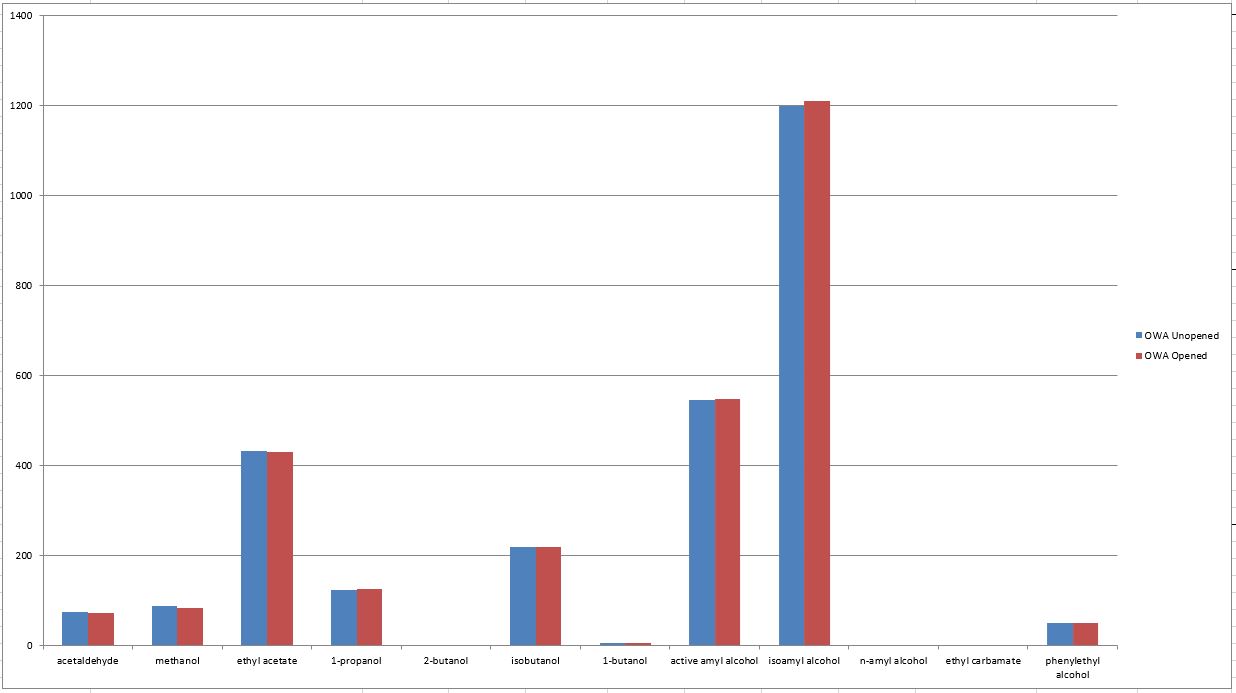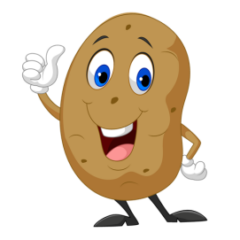Time for another round of “Did My Bourbon Change in the Bottle?”. My previous post, Did My Bourbon Change in the bottle? discussed 2 prior tests done at 37 and 52 days. For this test, I extended the time to one full year.
Before I get to that, I want to be clear that I’m testing if changes are perceivable to a group of testers. This is different than saying the whiskey did not change at all. Also, my tests have been of modern bourbons and not of bourbon from a dusty bottle that has been sitting for 30 years in a sealed glass bottle. Many critics of this will try to point to changes that occur while sitting in an open glass. That is a different case than opening and closing a sealed bottle. I’ve tried to test what I consider a real-world situation – open a new bottle, have a pour, reseal the bottle. If you then sit that bottle aside and come back to it in 1 month, or 2 months or even a year, was there a noticeable change in taste?
For this test, I went back to Old Weller Antique (OWA) at 107 proof. This OWA was a store private barrel pick and NCF (non-chill filtered). The 1st bottle, 1 liter in size, was opened and over the course of 30 days I had approximate a ½ oz pour each day. After each pour, the bottle was resealed tightly. At the end of 30 days bottle was about half full. At this point I put it inside a dark closet at normal room temperature for 11 months.
I invited my group of 10 testers to my house for a triangle blind tasting. An unopened 2nd bottle from this same OWA barrel was opened right before the test. Testers would taste 3 samples; 2 from the bottle that was open for 1 year and 1 from the just opened bottle, or vice versa. Either way, one of the 3 samples is the odd sample and if change was perceptible enough then it should be identifiable. As before, I did not ask which tasted better, I only asked if they could identify the odd sample.
Out of 10 testers if they randomly guessed, one would expect 3.33 to correctly identify the odd sample. So, when I scored up the results, I was surprised that 0 out of 10 correctly identified the odd sample.
One option I gave testers was to state no differences, but none elected this option. They all believed they could tell a difference and they were all incorrect. One of the comments/questions I see posted on my tests is what was the experience level of my testers? It has not been the same group each time, but for the most part it is folks I would consider whiskey geeks like myself. A few of the testers work in the industry. So, it’s an above average whiskey consumer group.
The conclusion is this whiskey did not change in the bottle enough to be identifiable to testers. But did it change at all? To understand why the testers could not tell a difference we turn to GC/MS – Gas Chromatography – Mass Spectrometry. I shipped sample bottles to a distillery with GC/MS equipment and they tested both samples at 12 different chemical points. This tests measures levels in PPM. The result showed these samples were virtually identical.

At this point, I’m done with testing “Did My Bourbon Change in the Bottle?”. The power of the mind is strong; I’ll never convince all no matter how many tests I run. If you still disagree on this based on your opinion, I would encourage you to perform your own blind triangle test. I do intend to test “Does My Whiskey Change if Poured into a Glass and Allowed to Sit”; stay tuned in for those results.

All ill say is you’ll need to work out your Standard Deviations (SD) for each test to make sure any variance +/- is outside the 2SD limit for the next set of test. 🙂 Can always help you on that if you need
S
I’m intrigued by the lack of ethyl carbamate, better known as urethane. It is a natural by product of fermentation and is listed as a known carcinogen. There was a big scare back in the late 80’s that resulted in the spirits industry changing their production techniques to greatly reduce the ppm in bourbon. I personally think these industry changes is what removed the “dusty” note that so many older whiskies have. I know its not related to your test here, but it was the first time I saw someone use GC/MS and show the results.
The big guys probably all have GC/MS in their QC labs. I know several smaller distilleries will send samples out for this testing. It’s been around a long while.
This is a hoot! I’m a guy who swears the bottle changes after opening and drinking slowly. But man, your research is solid. Was at a friend’s house Saturday who had lots of open bottles and all tasted off. I’m blaming at least part of that on my palate, which could have been jacked up from food, current diet I’m on, etc.
Excellent post. I have run a similar test with only one taster, me. Have been unable to tell the difference despite the vast number of bourbon “aficionados” that will strongly disagree with me. This also correlates with Breaking Bourbon’s 24 month study.
Well done. Really appreciate the combination of qualitative results (the tasting) combined with the quantitative results, the data supplied by the GC/MS.
I actually wonder if your results DO suggest that flavor differences occur in the bottle.
If the tastings were random (no flavor difference), then then likelihood of no-one choosing the opened bottle is actually pretty low (.66 ^ 10) or about 1.5%
This almost suggests that there is an anti-correlation, e.g. that people are less likely to choose the opened bottle. Don’t know why that would be, but the results are actually a little suspicious in terms of not choosing the opened bottle.
This is the third of these tests that I have done; others discussed in previous blog post. The other tests all had some get the right answer just not above a random guess level. Yes, having 0 of 10 get correct answer is low on probability, but combined with the other tests there is nothing suspicious.
Great article that another article referenced brought me to this.
My friend wants to create a collection in his liquor cabinet but I finish one betI begin another because I assume entropy is the driving force of the universe.
He took one sifter from this:
“Benriach Malt • 12yr
Tasting Notes: Nose: rom the “Specs” website).
My palate is unrefined, especially after the intial sip. I have a vague taste of peat and some chocolate aftertaste.
And sealed it to forget it for a week, a month or a year.
If I understand this controversy correctly, after 1 year and a half empty bottle (from repeated enjoyment), a highly refined palate will detect no difference in the vibrancy of each of the following between it and a newly opened bottle:
-Vanilla
-A hint of fresh peat.
-white peach
-spicy toffee apple
-floral honey
Of course this is just an example, the detectable variance over time and exposure to any complex profile is the question. Vanilla will still be present but will it remain vibrant or will peat mask it?
If there was a specific checklist in your taste test I missed it and apologize.